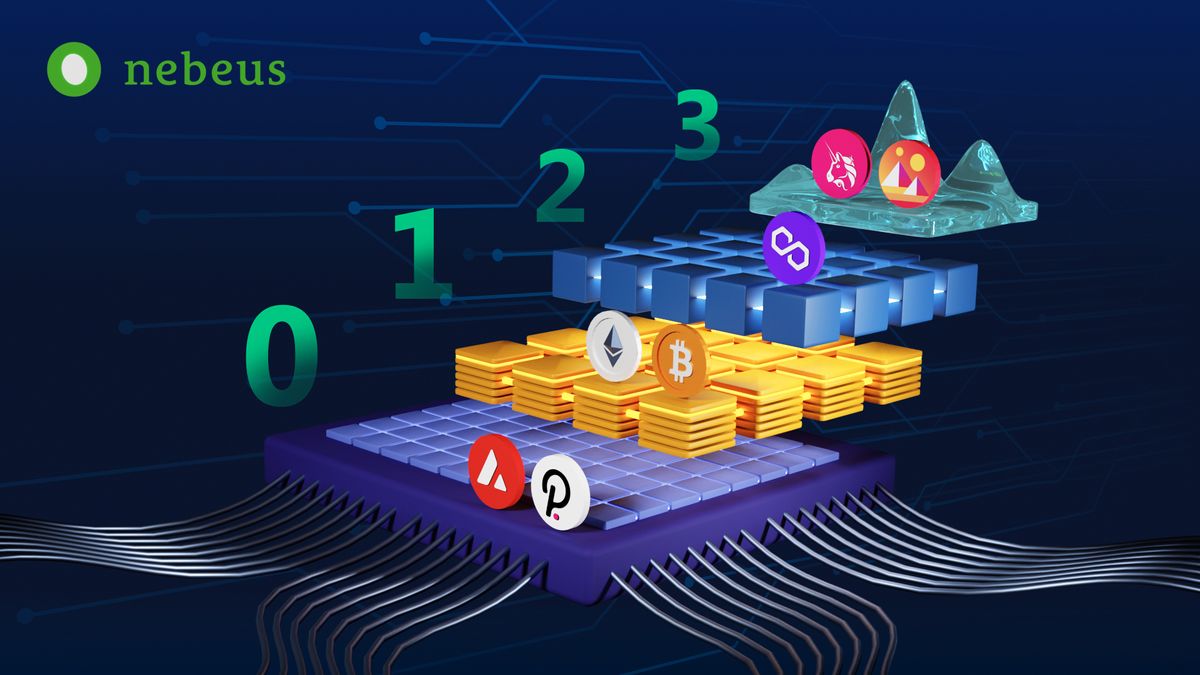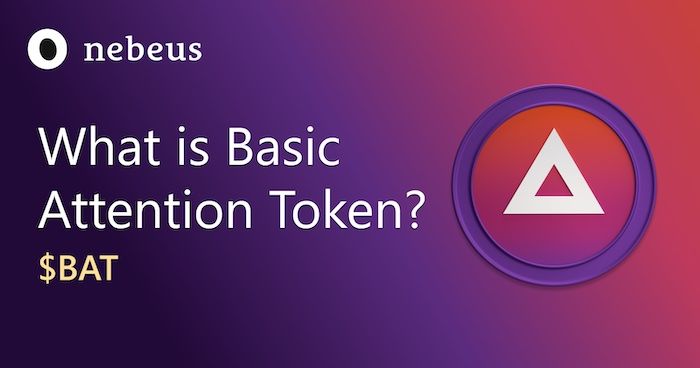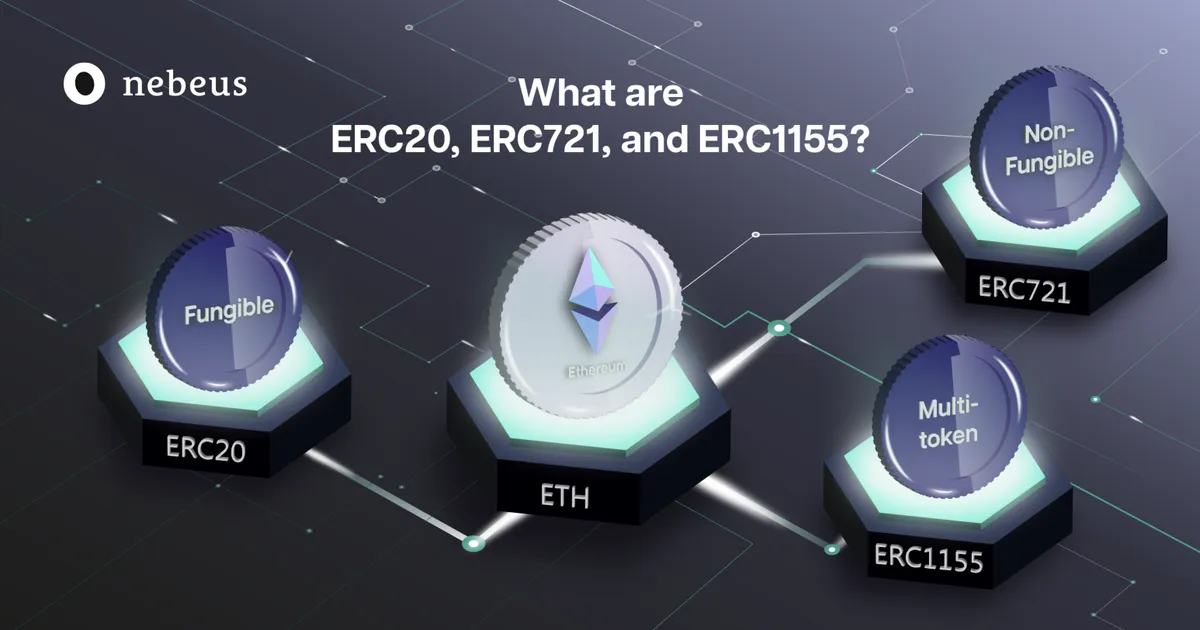Blockchain is often touted as a "revolutionary" technology, and with good reason. Its ability to securely and transparently store data makes it a powerful tool for many industries. However, Blockchain is complex, and its inner workings are not always well understood.
This article will explore the different layers of Blockchain technology with the aim of giving you a thorough insight to these workings, from the basic protocol layers to the application layer. We will also highlight the various functions of each layer and how they work together to create a secure and efficient Blockchain network.
Blockchain in Brief
Blockchain technology is a distributed database that allows for secure, transparent, and tamper-proof transactions. This makes it a perfect solution for a variety of applications. But how does its various layers work, what are their importance, and how should we conceive of them? Let’s take a look at the several layers that Blockchain professionals ascribe to its makeup.
The Layers Of Blockchain Architecture:
The Hardware & Infrastructure Layer
The first layer of a blockchain is its hardware and infrastructure. This layer is responsible for transmitting and verifying transactions on the blockchain. In order to do this, the layer relies on a network of nodes to keep track of the blockchain’s transactions. The nodes use a consensus algorithm to agree on the validity of transactions. This layer is also responsible for maintaining the blockchain’s history and security.
The Data Layer
The data layer is the foundation of blockchain technology. It stores the data that is used to create and verify blocks, and it is also used to secure and encrypt the data. The data layer is tamper-proof and resistant to hacking, which makes it a secure way to store data.
Its transparency means that anyone who has access to it can see the data that is stored in it. This makes it a reliable way to store data that needs to be shared with others.
The Network Layer
The third layer is the network layer. As the blockchain technology is a distributed database that is managed by a peer-to-peer network, the network layer is responsible for managing the communication between nodes and the distribution of such data. The network layer also manages the synchronisation of the blockchain database.
The Consensus Layer
The fourth layer is the consensus layer. The consensus layer is responsible for the validation of transactions and the maintenance of the blockchain. In order to achieve consensus, a blockchain network relies on a group of nodes to agree on the validity of a transaction. This group is known as the consensus algorithm.
The Application Layer
The fifth layer is the application layer, which provides the functionality that allows the blockchain to be used for specific applications. This layer includes the features and functions that are specific to the application, such as smart contracts for the sale of goods or the registration of land titles. The application layer is also responsible for the user interface, which allows users to access the blockchain and interact with its features.

Understanding Blockchain Layers
Layer 0
Layer 0 of the blockchain protocol is the foundation on which all other layers are built. It is responsible for transmitting and validating transactions, and maintaining the blockchain's global state. In order to function, layer 0 must be able to securely transmit data between nodes, and ensure that all nodes are in sync with the latest blockchain state.
Layer 1
Layer 1 of the blockchain protocol is the foundation of the blockchain. It consists of the basic rules and protocols that allow the blockchain to function. It is responsible for confirming and validating transactions, and maintaining the blockchain, therefore, it is known as the implementation layer. For example, Bitcoin is a layer 1 solution. As a downside, the proof-of-work consensus process is still in use on the layer one blockchain and being challenged by others to resolve the blockchain trilemma.
Layer 2
Layer 2, also known as the execution layer, is responsible for executing transactions. The execution layer is responsible for verifying the validity of transactions, ensuring that they conform to the rules of the blockchain, and then executing them, together with managing scalability that is required to accommodate the rising number of transactions. This layer is also responsible for maintaining the ledger of transactions. In order to increase the number of nodes and, consequently, system throughput, layer two is employed in combination with layer one.
Layer 3
Layer-3 of the blockchain protocol is the application layer. This is where the actual transactions take place, between users’ addresses. The layer-3 protocol defines the user interface, communications and form of intra- and inter-chain operabiliyt. Decentralized apps (dApps) are a form of layer 3 interface that offers practical uses for blockchain technology.
The benefits of a layered Blockchain
A blockchain is a distributed database that allows for transactions and contracts to be executed without the need for a trusted third party. In order to maximise the benefits of a blockchain, it is important to architect the blockchain in a layered manner.
At the lowest layer (hardware & infrastructure layer), the blockchain should be implemented as a data store. This layer should provide a basic level of functionality (data layer), including the ability to store data and to track changes to that data. The next layer (network layer) up should provide support for transactions. This layer should include the ability to manage transactions, to ensure that they are valid, and to track the changes that are made as a result of the transactions.
The next layer (consensus layer) up should provide support for contracts. This layer should include the ability to manage contracts, to ensure that they are valid, and to track the changes that are made as a result of the contracts. The highest layer (applications layer) should provide support for applications. This layer should include the ability to access the data and transactions that are stored in the lower layers, and to perform the desired operations on that data.
A layered blockchain architecture can provide a number of benefits:
- First, it can make it easier to develop applications that use the blockchain. By providing a higher-level API, the application layer can hide the complexities of the lower layers from the application developer. This can make it easier to develop applications, and it can also help to ensure that the applications are reliable and secure.
- Second, a layered blockchain architecture can help to ensure that the blockchain remains scalable. The application layer can be used to throttle the amount of traffic that is passed to the lower layers, which can help to prevent the blockchain from becoming overwhelmed.
- Third, a layered blockchain architecture can help to ensure that the blockchain is secure. By separating the different layers, it is possible to limit the damage that can be done if one layer is compromised.
- Fourth, a layered blockchain architecture can help to ensure that the blockchain is transparent. By providing access to the data and transactions that are stored in the lower layers, the higher layers can allow for auditing and monitoring of the blockchain.
In Conclusion
There are many benefits to using blockchain architecture and blockchain protocol. Some of these benefits include increased security, improved efficiency, and reduced costs.
Blockchain technology is far more secure than traditional database technologies. This is because blockchain technology is distributed, meaning that there is no single point of failure. If one node in the blockchain network fails, the other nodes can still access the data.
Blockchain technology is also more efficient than traditional database technologies. This is because blockchain technology is distributed, meaning that there is no single point of failure. If one node in the blockchain network fails, the other nodes can still access the data.
Finally, blockchain technology can also reduce costs. This is because blockchain technology is distributed, meaning that there is no single point of failure. If one node in the blockchain network fails, the other nodes can still access the data.
You can sign up for a Nebeus account to buy, hold, and earn on your crypto investment.
La inversión en criptoactivos no está regulada, puede no ser adecuada para inversores minoristas y se puede perder la totalidad del monto invertido.










